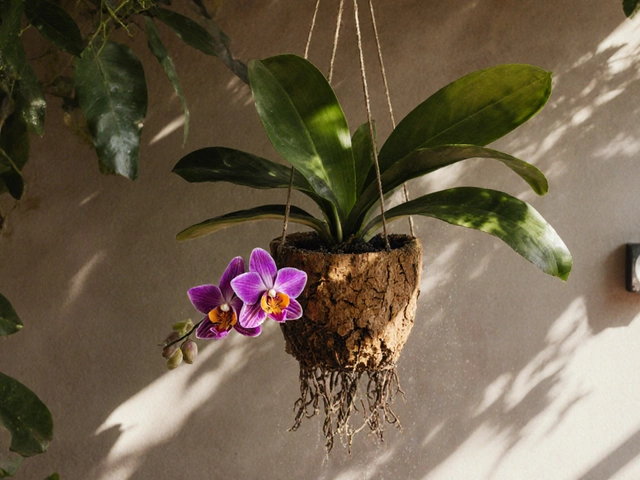Indoor Bonsai Maintenance: Care Tips, Common Mistakes, and How to Keep Your Tree Alive
When you bring a indoor bonsai, a miniature tree grown in a container using ancient Japanese techniques. Also known as penjing, it's not just decoration—it's a living art form that demands attention, not pity. Most people think bonsai are low-maintenance houseplants. They’re not. An indoor bonsai is like a pet that can’t tell you it’s sick—until it’s too late. The biggest killer? overwatering, the most common cause of bonsai death, often mistaken for proper care. You water because the soil looks dry, but you’re drowning the roots. Bonsai roots need air as much as water. Soggy soil leads to root rot, a silent killer that eats away at roots before you see any warning signs. Yellow leaves, mushy stems, and a foul smell from the pot? That’s your tree screaming for help.
Getting indoor bonsai maintenance, the daily and seasonal care routine for keeping bonsai alive indoors. right isn’t about following a calendar. It’s about reading your tree. The soil should dry out slightly between waterings—not bone dry, not wet. Check it with your finger, not a timer. Light matters too. Most indoor bonsai need bright, indirect sunlight. A north-facing window won’t cut it. If your tree is stretching toward the light, it’s starving. Humidity is another silent factor. Indian homes, especially in winter, get dry. A tray of pebbles with water under the pot helps, but don’t let the pot sit in water. That’s how root rot starts. And don’t skip pruning. Bonsai don’t grow wild—they’re shaped. Trim new growth regularly to keep the form tight and encourage dense foliage.
What you’ll find below isn’t theory. It’s what actually works for people who’ve lost bonsai and got them back. You’ll see the exact signs of an overwatered bonsai, a tree suffering from too much moisture, often with yellowing leaves and soft roots. You’ll learn how to fix a waterlogged pot with simple tools you already own. You’ll find out why the "water every three days" rule is a lie—and what to do instead. There’s no magic spray, no expensive gadget. Just clear, step-by-step fixes for the problems that actually kill indoor bonsai. If you’ve been afraid to touch your tree because you didn’t want to hurt it, this is your chance to finally understand it. Your bonsai isn’t fragile. It’s just misunderstood. Let’s fix that.
Thinking of misting your bonsai tree but not sure if it's the right move? This article explores the benefits and drawbacks of misting, how it affects your bonsai's health, and provides practical tips for maintaining optimal humidity. Discover surprising facts about bonsai species that love a good mist and how to incorporate this practice into your daily care routine without overdoing it. Get informed on how to keep your bonsai thriving!
Continue reading...





